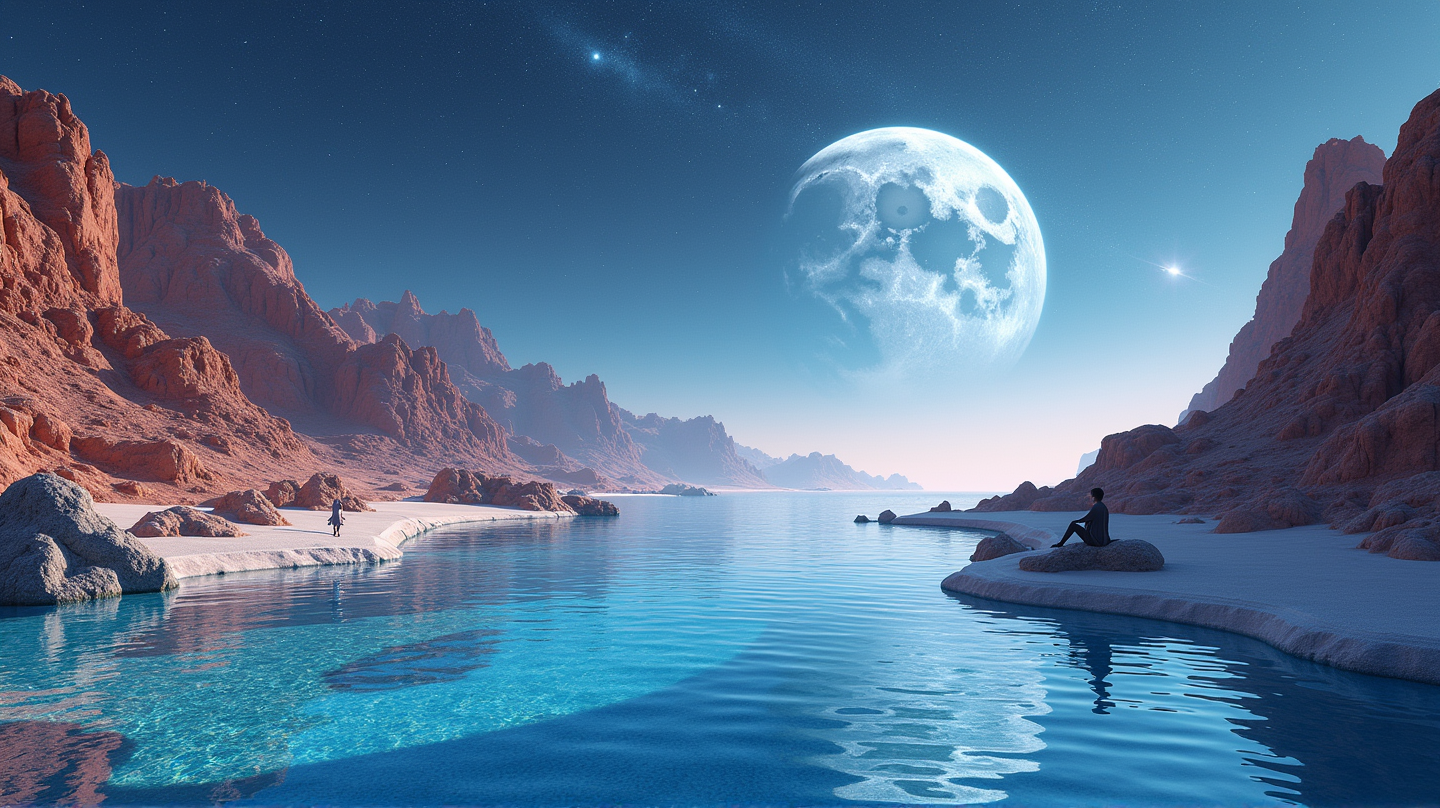Could Exoplanet LHS 1140 b Be Humanity's Future Beach Resort?
Exoplanet LHS 1140 b, a distant world with potential 20C seas, could become a haven for future astro-tourists - if we master interstellar travel.

Imagine a world where you could spend leisurely days on beaches with a perfect 20°C ocean. Such might be possible on LHS 1140 b, an exoplanet that has caught the imagination of scientists and dreamers alike. Although reaching this potential paradise would take 41 years traveling at light speed—a traveler’s lifetime—it continues to captivate researchers and stargazers hoping for interstellar travel breakthroughs.
The Allure of LHS 1140 b
Officially brought into the spotlight in 2017, LHS 1140 b resides 41 light-years away in what NASA refers to as the “Goldilocks zone”—an area not too hot, nor too cold for liquid water. Despite this celestial proximity, reaching the planet remains an enormous challenge. Our current technological capabilities fall short, with light speed still a mere aspiration. According to The Irish Sun, further explorations with advanced telescopes like the James Webb Space Telescope could one day unravel more about this distant neighbor.
A Glimmer of Hope with JWST
In recent years, the James Webb Space Telescope has peeked into the atmosphere of LHS 1140 b, adding to our understanding. “Detecting an Earth-like atmosphere on a temperate planet is pushing Webb’s capabilities to its limits,” admits René Doyon of iREx. The current signs, such as a hint of a nitrogen-rich atmosphere, beg further confirmation but showcase a land of possibilities. Such atmospheric discoveries are paramount in our quest to identify worlds capable of supporting life or human visitation.
The Possibility of Water and LHS 1140 b’s Unique Traits
LHS 1140 b may very well be a watery world, with scientists estimating its mass comprised of 10-20% liquid water. Whether this cosmic neighbor is a snowy wilderness or hosts a warm ocean on its sun-facing side remains open to speculation. Charles Cadieux, a leading researcher, posits that LHS 1140 b stands as one of our best prospects for confirming liquid water beyond our solar system. Its rocky terrain and rapid 25-day year offer intriguing scientific study opportunities.
Temperate Exoplanets and the Search for Life
Discoveries like LHS 1140 b pave the way for future astrobiological research. As a super-Earth, it provides a unique environment to study atmospheric conditions and potential life indicators. Ryan MacDonald, a NASA Sagan Fellow, elaborates, “It was the first time scientists have ever seen a hint of an atmosphere on a habitable-zone exoplanet.”
In pursuit of these celestial wonders, humanity must advance its spacefaring capabilities. For now, LHS 1140 b remains a starry jewel beckoning from afar, an emblem of what may one day be an interstellar vacation spot—if only time and technology align.

